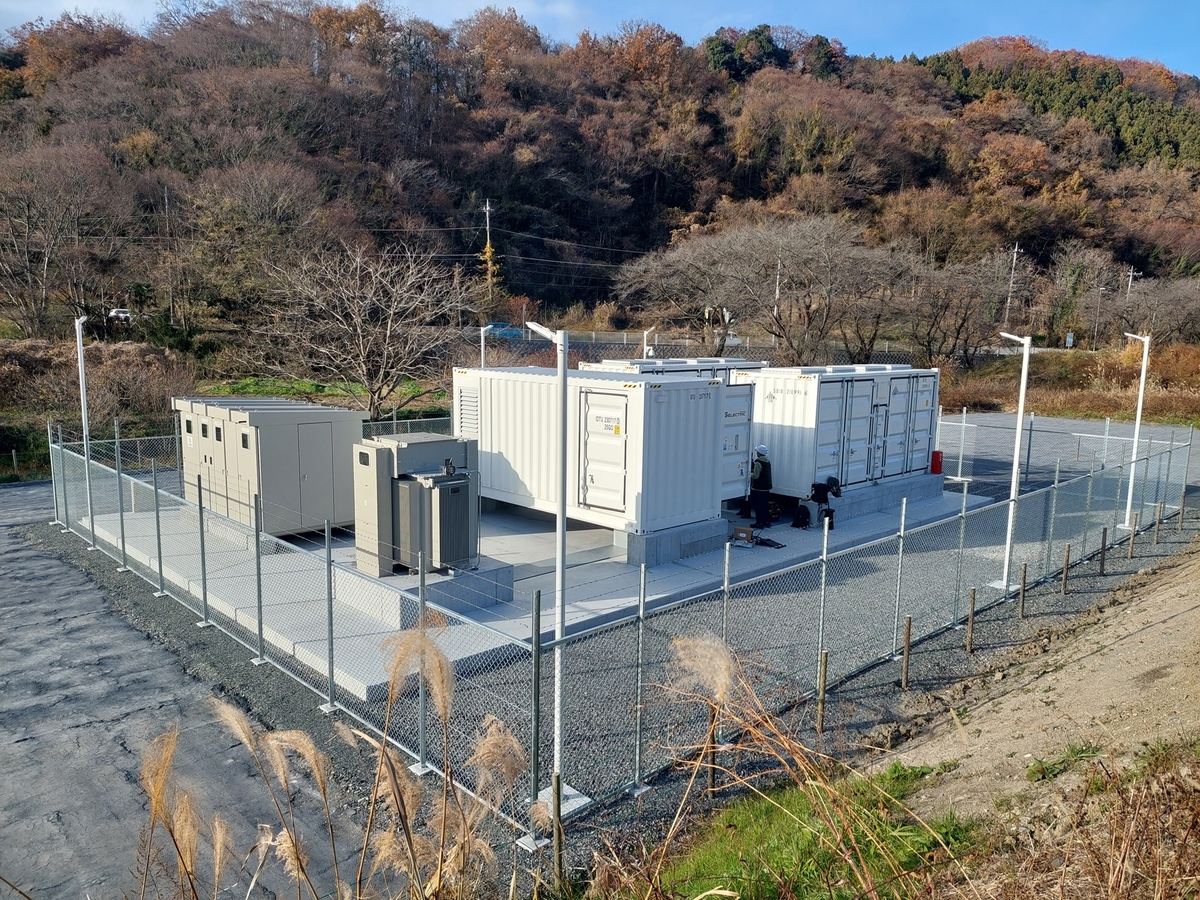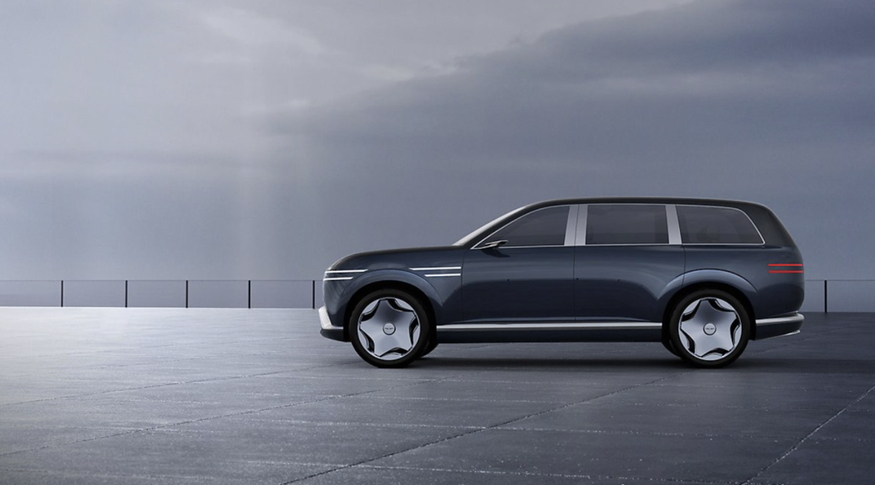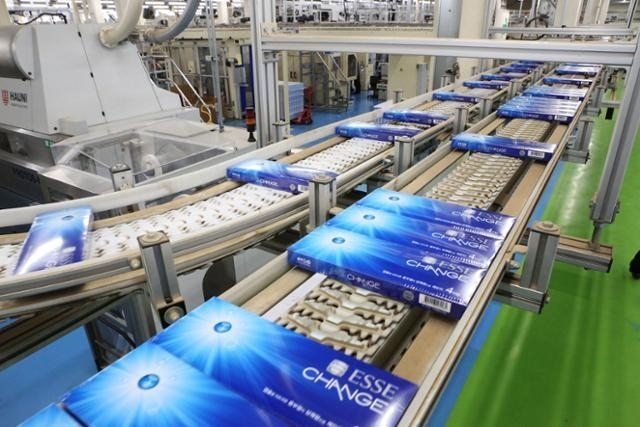
At IAA Mobility 2025 in Munich, Samsung Display laid out a bold vision: its OLED panels won’t just be screens inside cars — they’ll be the core platform for autonomous, software-defined vehicles.
Lee Joo-hyung, EVP and head of Samsung Display’s small and medium business division, told the audience that OLED will be the key interface between people and their cars. As vehicles become smarter and more autonomous, he said, displays will evolve into “critical infrastructure,” especially when paired with AI for object recognition and driver-safety features.
To make that future real, Samsung is pushing hard on automotive OLEDs. Earlier this year, it launched the DRIVE™ brand to showcase rollable, bendable, and sliderable screens — concepts that used to feel futuristic but are now inching toward production.
The company also showed off next-gen tech like Flex Magic Pixel, which adjusts viewing angles, and Under Panel Camera, which hides cameras beneath the display for cleaner cabin design. Together, these features promise sleeker interiors and fewer distractions for drivers.
Samsung’s Multi Lamination solution, also revealed at the show, lets automakers stitch multiple OLEDs into giant dashboards. Think of it like Lego blocks for infotainment — a flexible way for carmakers to experiment with new layouts while cutting down development time.
The market seems ready. Analyst firm Omdia projects automotive OLED revenues to jump from $880M in 2024 to nearly $4.9B by 2030 — a 33% CAGR. Samsung already leads the pack with a 56% market share.
















